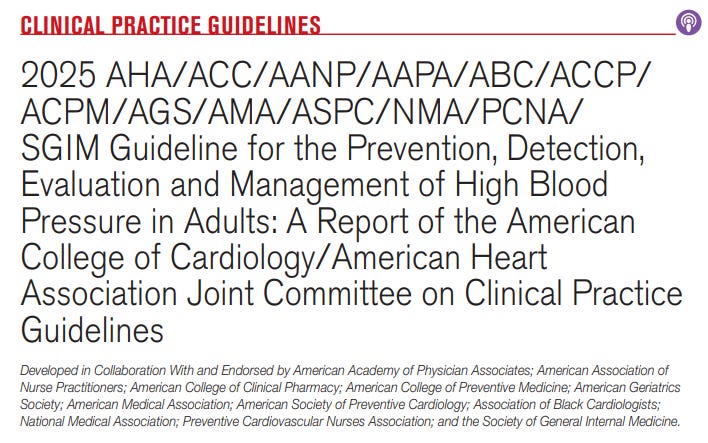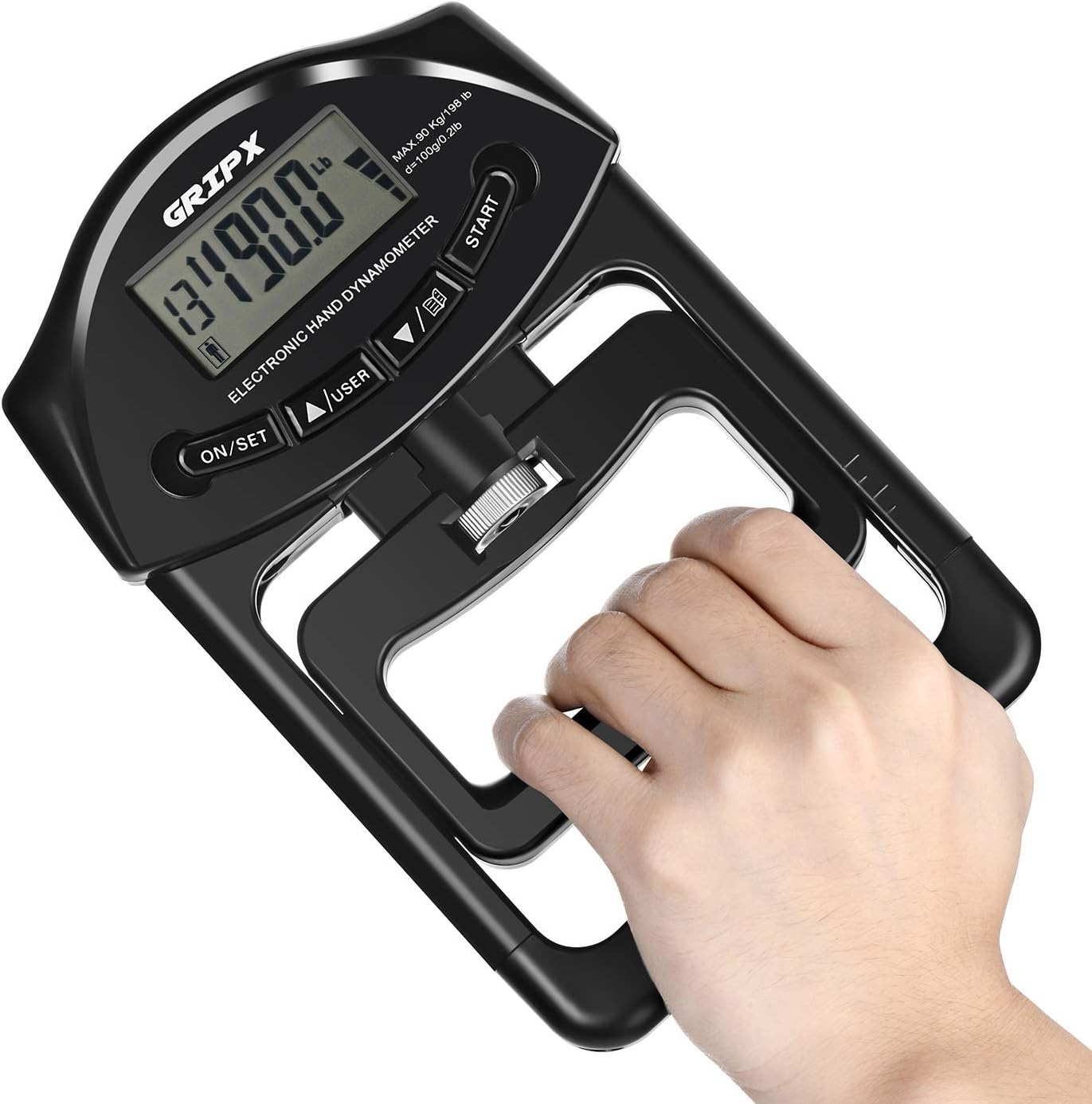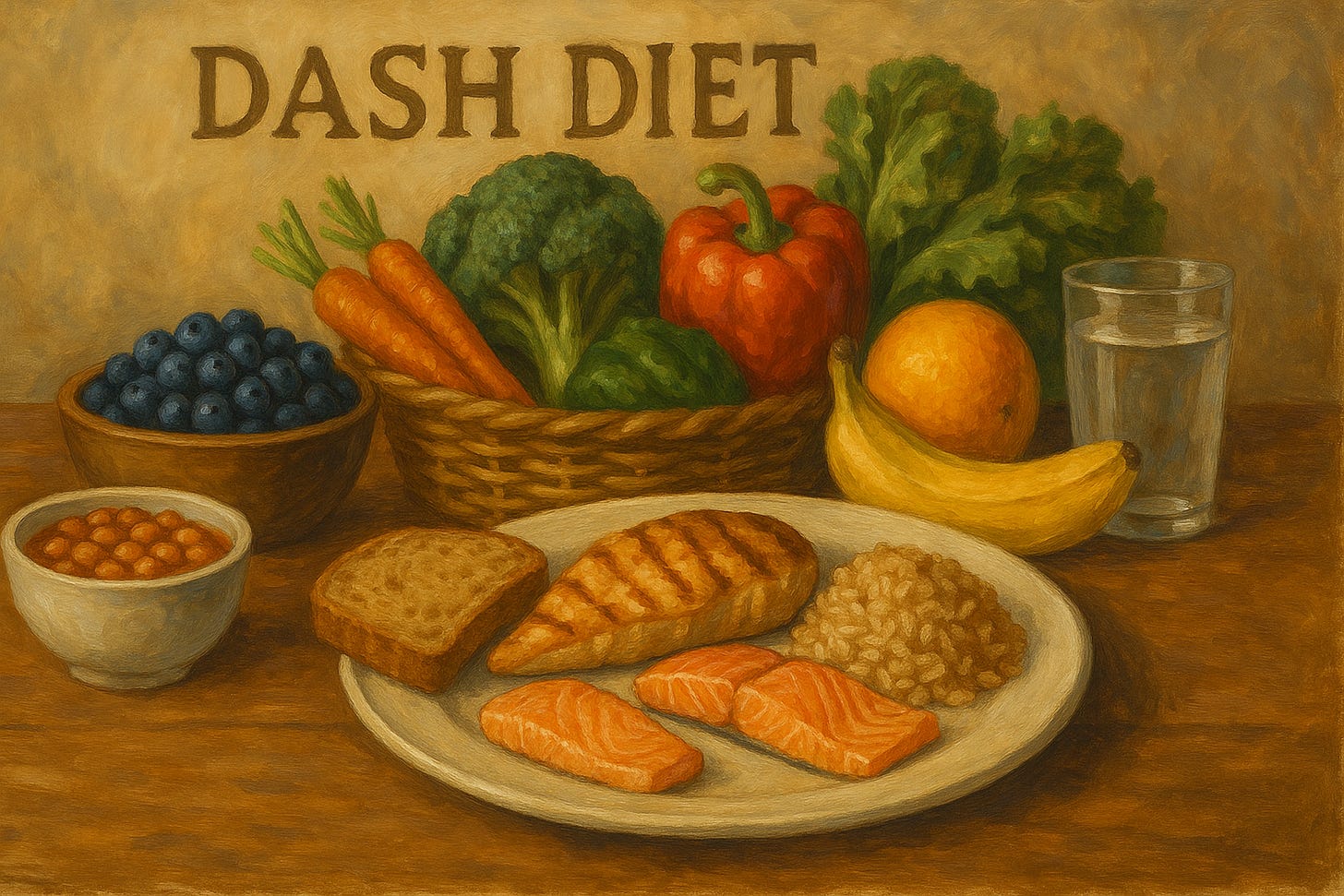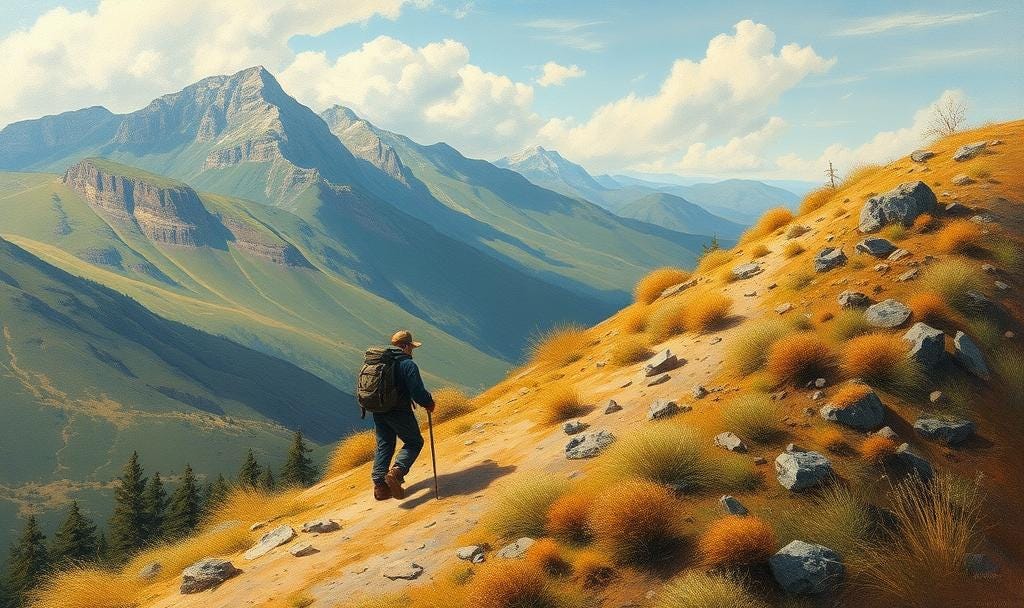11 Ways to Lower Your Blood Pressure At Home According to the New Hypertension Guidelines
Whether you can't tolerate or prefer to not take medications, here are 11 ways to lower your blood pressure yourself.
UPDATED: November 12th, 2025
Welcome to the Healthy Aging Newsletter, a free publication translating trustworthy medical research into simple habits to age well, free of chronic disease. I’m Dr. Ashori, a family medicine doctor turned health coach.
The recent JNC-8 was published and it’s the bible of managing high blood pressure, aka hypertension.
Here are the 11 actions you can take yourself to lower your blood pressure, according to the recent JNC-8 document. Just remember each person responds differently. One change might lower your numbers by a lot more, while others barely move the needle.
1. Isometric Handgrip Training = 5–10 mm Hg
A drop of 5-10 points would get you from a blood pressure of 140 down to somewhere around 135-130. Or lower your diastolic number from 90 down to 85-80 - all using nothing but isometric handgrip training.
What: Squeeze-and-hold training with a dynamometer to lower your blood pressure.
How: 4 sets × 2-min holds at 30–40% maximal effort per hand, 1-min rest, 3 days/week, 8–12 weeks.
Why it works: Isometrics improve endothelial function and autonomic balance, lowering your blood pressure in the whole body.
Focus on breathing to add another layer of blood pressure lowering.
Of course, if you’re already lifting weights in the gym, you would be doing a lot of isometrics and thereby lower your blood pressure.
2. Weight Loss = ~6–8 mm Hg Blood Pressure Drop
What: Intentional 5–10% body-weight reduction will lower your blood pressure by 6-8 points.
How: Healthy, lean protein, fiber-rich foods, cut refined carbs and alcohol, add resistance plus aerobic movement.
Why it works: Weight loss lowers insulin resistance, sympathetic tone, and hormone activation, leading to a lower overall blood pressure.
Watch-outs: Avoid crash diets. Preserve lean mass with proper nutrition and lifting. If you lose a lot of weight, have your medications adjusted.
Every kilo down is about 1 point off your systolic blood pressure. It’s always better to lose weight slowly to avoid major rebounds.
3. Sodium Reduction | ~6–8 mm Hg
What: Bring sodium below 2,300 mg/day. Aim closer to 1,500 if feasible to lower your systolic blood pressure by up to 8 points.
How: Swap packaged foods, sauces, deli meats, and breads for home-cooked options. Master the art of reading food labels.
Why it works: Less blood volume load on the heart and lowers arterial stiffness will lower your overall blood pressure, decreasing risk of heart disease and stroke.
Watch-outs: Do not over-restrict, some salt is good for you.
Most salt hides in bread, sauces, cans and in restaurant food. Cut those and your BP will fall. I’ve seen it time and time again in my patients.
4. DASH Eating Pattern = ~5–8 mm Hg Blood Pressure Drop
What: Vegetables, fruit, legumes, whole grains, nuts, fish, low-fat dairy; low in sodium, added sugar, and saturated fat will lower your blood pressure drastically.
How: 1/2 the plate is produce, 1/4 is protein, 1/4 whole grains; yogurt or milk daily; nuts 4–5 times/week.
Synergy: DASH + low-sodium often reaches 10–14 mm Hg drop in blood pressure. Most medications can’t even achieve this!
Watch-outs: Add potassium-rich foods slowly to avoid GI upset. Titrate up as you tolerate.
The DASH diet has been around for a long time and you can adapt it for any quizine. It drastically drops your blood pressure and helps improve your blood vessel health.
5. Aerobic Exercise = ~4–8 mm Hg Blood Pressure Drop
What: Moderate-intensity cardio can lower your blood pressure by up to 8 points. Even higher in some individuals.
How: 90–150 min/week at 65–75% of max heart rate. Brisk walk, cycle, swim.
Why it works: Exercise improves vascular compliance and baroreflex sensitivity. This is why it can lower your blood pressure so much over time.
Watch-outs: Start low to avoid burnout and progress weekly, monitor BP response.
20-30 minutes of walking briskly most days lowers your blood pressure 5 to 8 points. That’s on par with many prescription blood pressure meds.
6. Dynamic Resistance Training = ~2–7 mm Hg
What: Full-body strength training will lower your blood pressure by up to 7 points. Not to mention decrease your risk of osteoporosis, dementia, and depression.
How: 2–3 days/week, 8–10 exercises, 1–3 sets of 8–12 reps is the general ballpark for resistance training to lower your blood pressure. You can do this with nothing more than a single resistance band.
Why it works: Resistance training improves insulin sensitivity and arterial function, lowering both diastolic and systolic blood pressure.
Watch-outs: Exhale on effort to avoid breath holding. Go slow and steady to avoid joint stress.
Lifting is not just for muscles, stamina, blood sugar control, and dementia prevention. It lowers pressure too. You can do it a few times a day with some weights or resistance bands at home.
7. Potassium-Salt Substitute = ~5–7 mm Hg
What: Table salt blend with KCl replacing part of NaCl.
How: Use a 70–75% sodium, 25–30% potassium blend for cooking and at the table.
Why it works: Less sodium load plus potassium-mediated vasodilation.
Watch-outs: Experiment with different potassium percentages, some have a weird taste.
If you’re getting most of your salt at home, swap salts, easy. If you’re getting most of your salt from eating out, cook more at home.
8. Meditation = ~5–7 mm Hg
What: Any meditation practice will work and will lower your blood pressure by a significant amount. Use an app or DIY it.
How: 15–20 minutes daily of meditation a day is all that’s needed. You can do it while chopping onions or walking.
Why it works: Meditation lowers sympathetic drive and stress reactivity, which lowers your blood pressure and cuts heart disease, kidney failure, and stroke risk.
Watch-outs: Consistency matters more than session length.
A daily calm meditation practice can lower BP as much as a pill for some. If you’re more wound up or breath-hold a lot, it’s going to be even more effective.
An engaging, friendly conversation is meditation. Eating slowly is meditation. Writing and drawing are meditation. You don’t need to sit cross legged and close your eyes.
9. Higher Dietary Potassium = ~6 mm Hg BP Drop
What: 3.5–5 g/day potassium from food a day will lower blood pressure by a lot.
How: Beans, lentils, leafy greens, potatoes, fruit, and lean yogurt have lots of potassium to help lower your BP.
Why it works: Potassium helps with natriuresis and vascular smooth muscle tone.
Watch-outs: For potassium, it’s best to do it naturally from food rather than supplements, if your main goal is a healthier way of lower your blood pressure.
More potassium-rich foods, lower blood pressure. If you don’t know where to start, focus on having more whole plant-based foods.
10. Alcohol Reduction | ~4–6 mm Hg
What: Cut to ≤1 drink/day for women, ≤2 for men, or abstain if you want to lower your blood pressure. Any reduction will help.
How: Alcohol-free days, low-ABV swaps. I’ve switched to mostly seltzer but will have a drink from time to time.
Why it works: Alcohol causes sympathetic activation and weight gain. And it can disrupt sleep, which all leads to higher blood pressure.
Watch-outs: Rebound hypertension with binge drinking is common. Try to take it easy the day after you drink a lot. Some meditation and gentle walking is very helpful.
Each drink you skip helps your systolic drop. These days there are lots of lower alcohol drinks, mocktails, and non-alcoholic drinks. You may not see the effects right away but you’ll definitely notice a difference in blood pressure over time.
11. Device-Guided Slow Breathing = ~5 mm Hg
What: Paced respiration training lowers blood pressure.
How: 15 minutes/day at ~6 breaths per minute using a device or app or just winging it yourself will lower your blood pressure with paced breathing.
Why it works: Slowing down respiration enhances baroreflex, reduces sympathetic tone, which lower your blood pressure.
Watch-outs: Use seated position or when you’re walking. Track resting BP weekly to marvel at your results.
15 quiet minutes a day can shave 5 blood pressure points off, lower your stress, help you sleep better, increase your focus, and decrease dementia risk.











Would you recommend climbing one flight of stairs up and down for 6 to 8 times as Moderate-intensity cardio exercise. Kindly opine
Also would not be safe or desirable for some folks -eg those with renal impairment